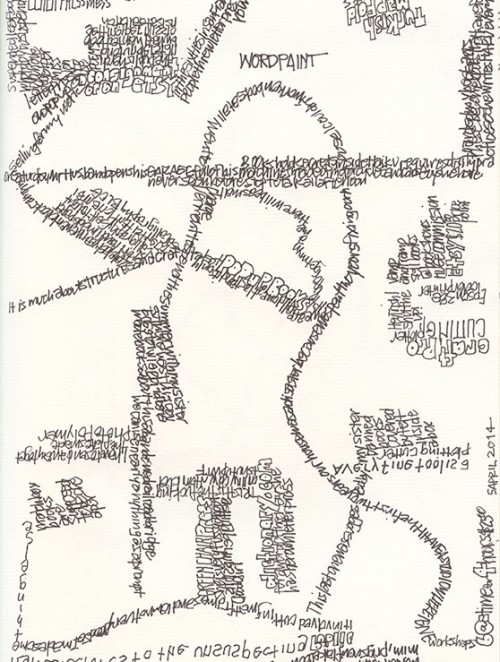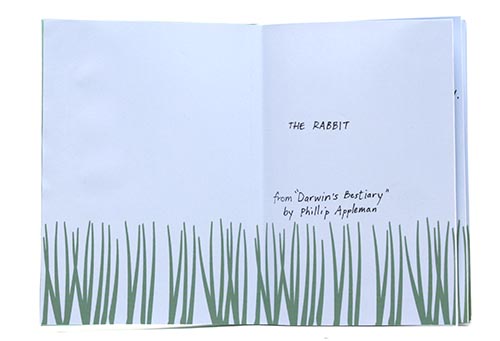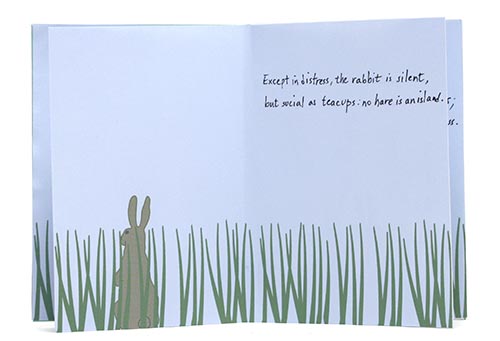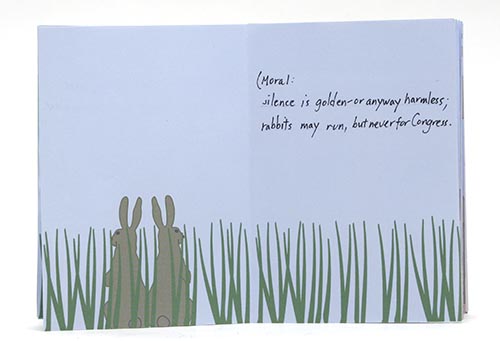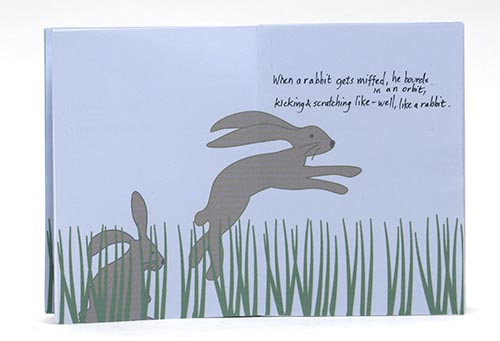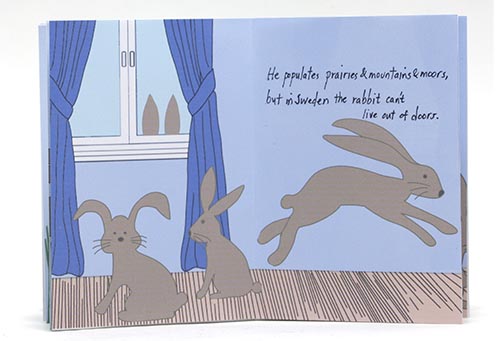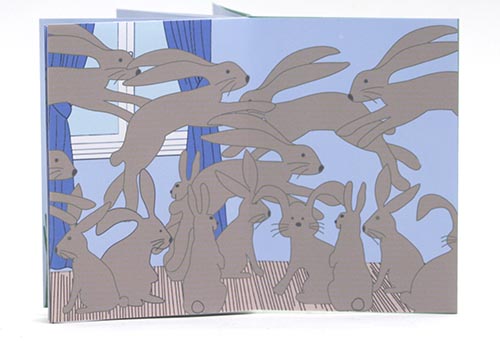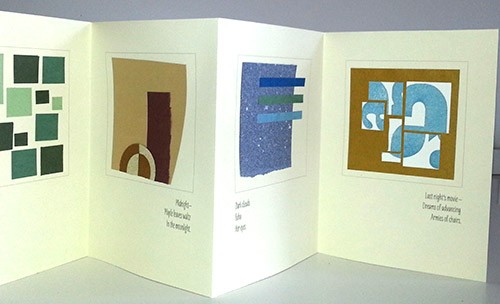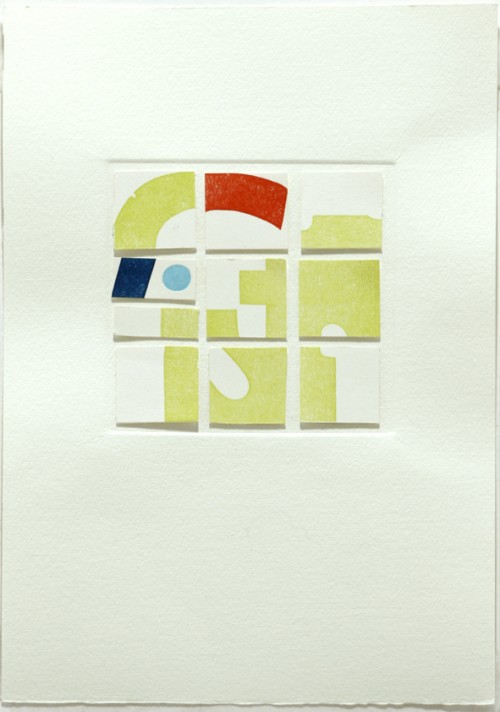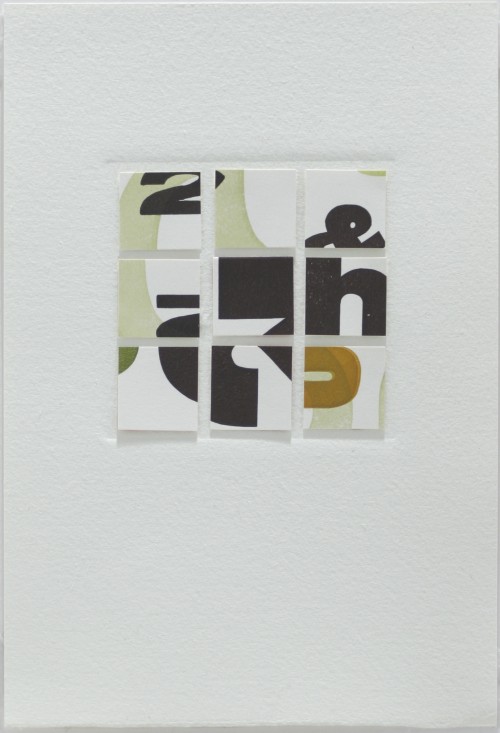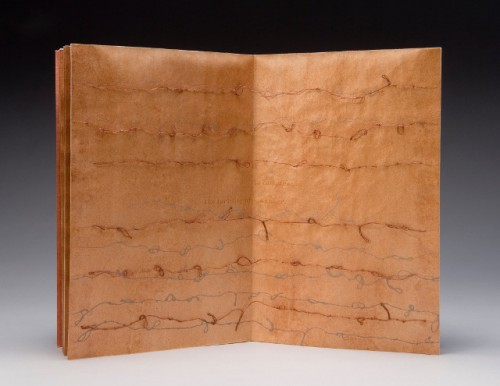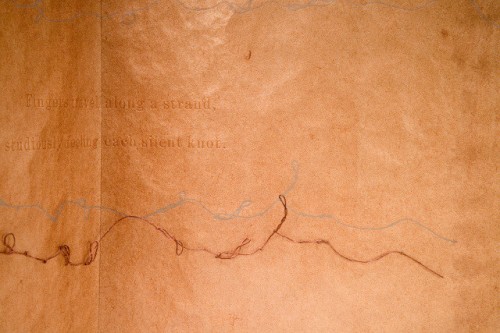The word for my prompt challenge group this month is “process.” It’s got so many possibilities I haven’t known where to start. But I noticed I’ve been paying more attention to how I, and the people around me, go about doing tasks. How I make dinner, how I organize my day, watching my husband repairing some trim in our kitchen…
![]() Recently I’ve been making collages that combine my haiku and my very large box of scrap paper. So I thought I’d photograph the process for a blog post.
Recently I’ve been making collages that combine my haiku and my very large box of scrap paper. So I thought I’d photograph the process for a blog post.
![]() First I selected 8 haiku to hand-set in my “house font” Bembo (the only one I have in metal). Then I letterpress printed them on my favorite paper, Hahnemühle Copperplate. Here’s the chase with the haiku all locked up and ready to print.
First I selected 8 haiku to hand-set in my “house font” Bembo (the only one I have in metal). Then I letterpress printed them on my favorite paper, Hahnemühle Copperplate. Here’s the chase with the haiku all locked up and ready to print.
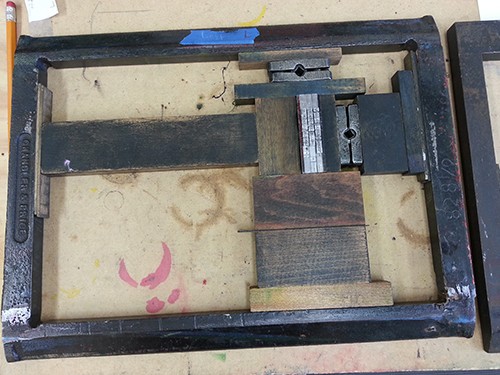
Next I made a debossed panel above each haiku, using the method here.The collages sit inside the panel. Copperplate is a soft mould-made paper that takes both letterpress and the panel-making technique very nicely.
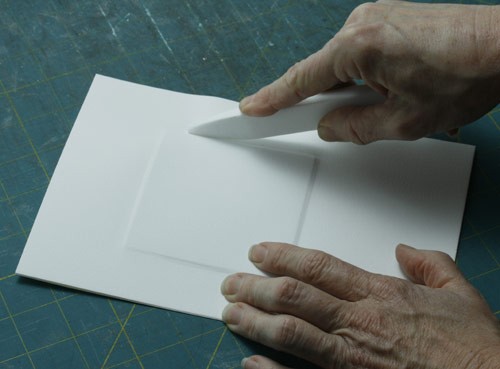
Before I got started, I dumped all the paper out of my scrap box and organized it by color and the stored the colors in separate large envelopes.
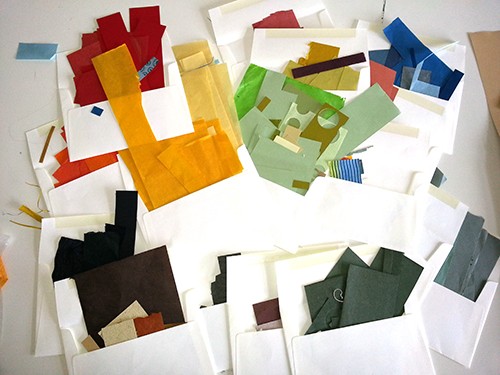
Then the fun begins—start cutting and combing the scraps . Most of the scraps are japanese moriki, but some are my own paste papers. Over the past month I’ve made a collage pretty much every day, usually first thing—it’s been a good way to ease into the day, thinking about color and shape combinations.
![]() Once I finish one, I hang it up on one of the long steel rods I’ve affixed to the wall, using magnets. Looking at them this way gives me ideas for future pieces.
Once I finish one, I hang it up on one of the long steel rods I’ve affixed to the wall, using magnets. Looking at them this way gives me ideas for future pieces.
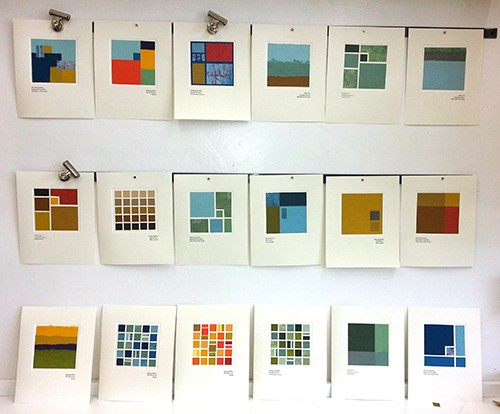
Here’s a closeup of one of them. To give you an idea of scale, the finished piece is 8×10 and the collage is 4-1/2×4-1/2 inches.


